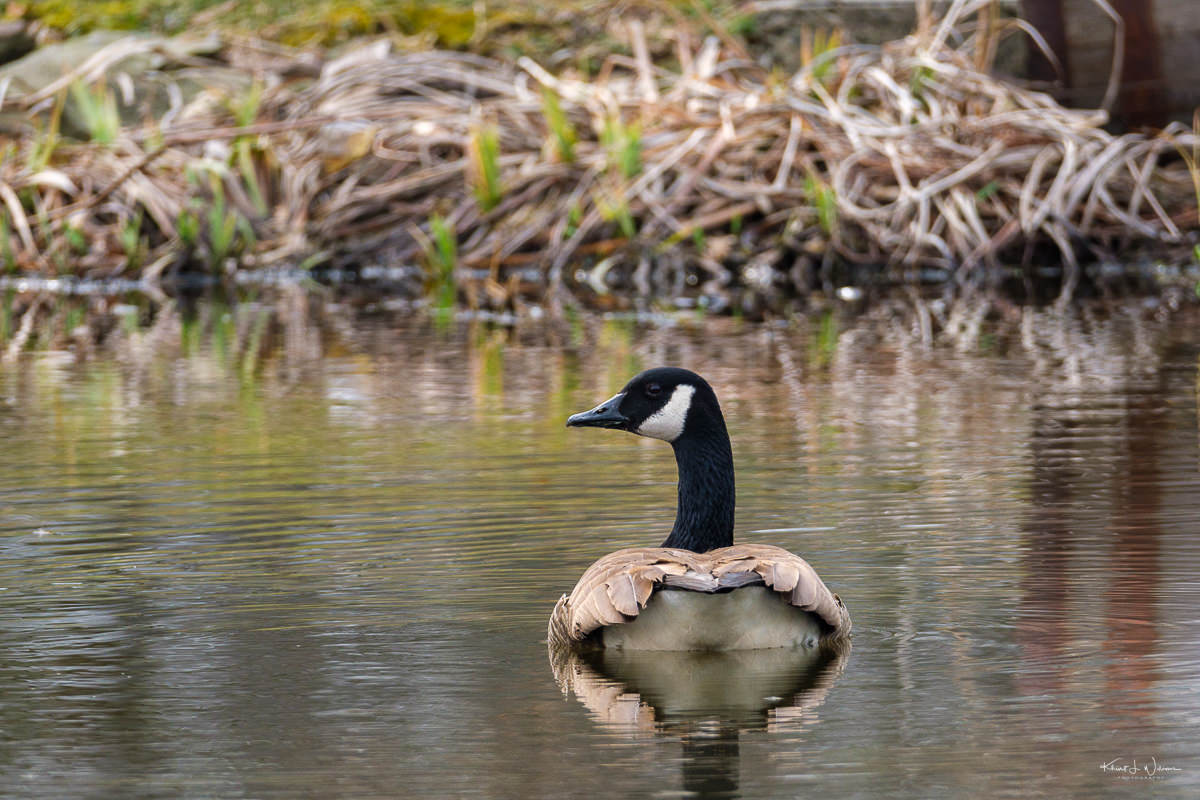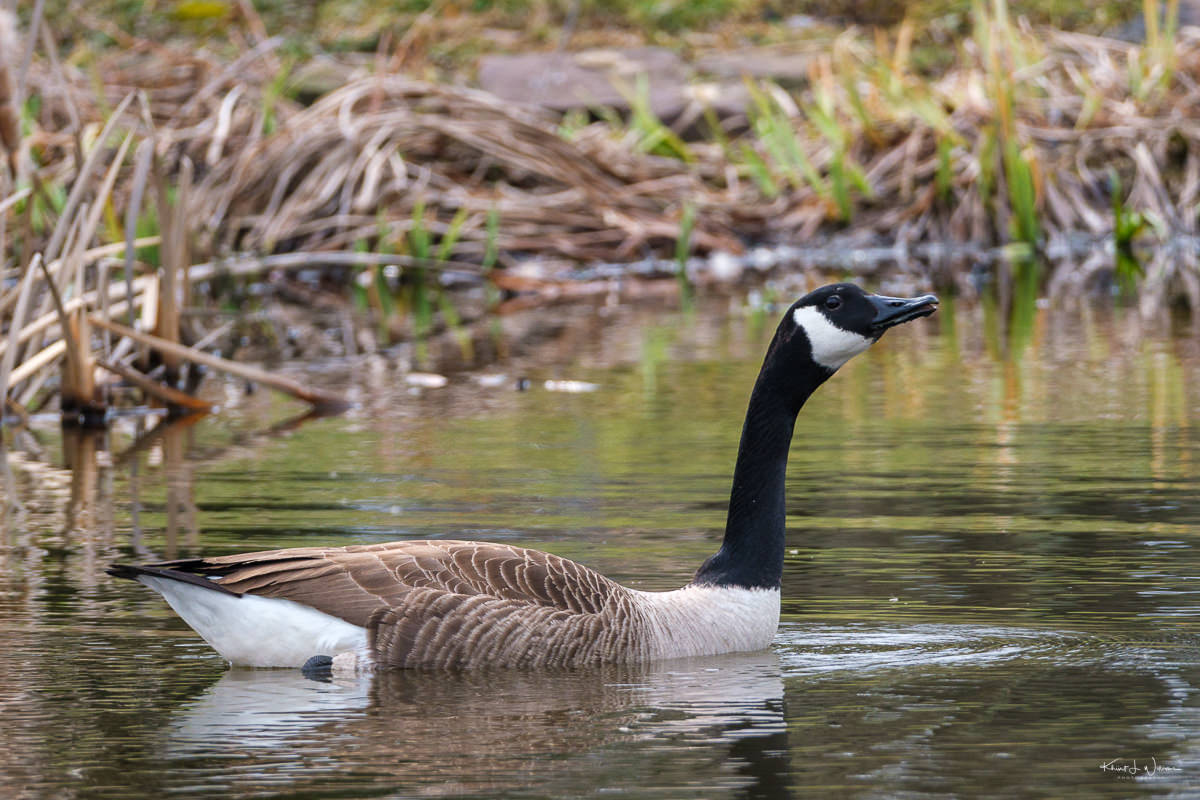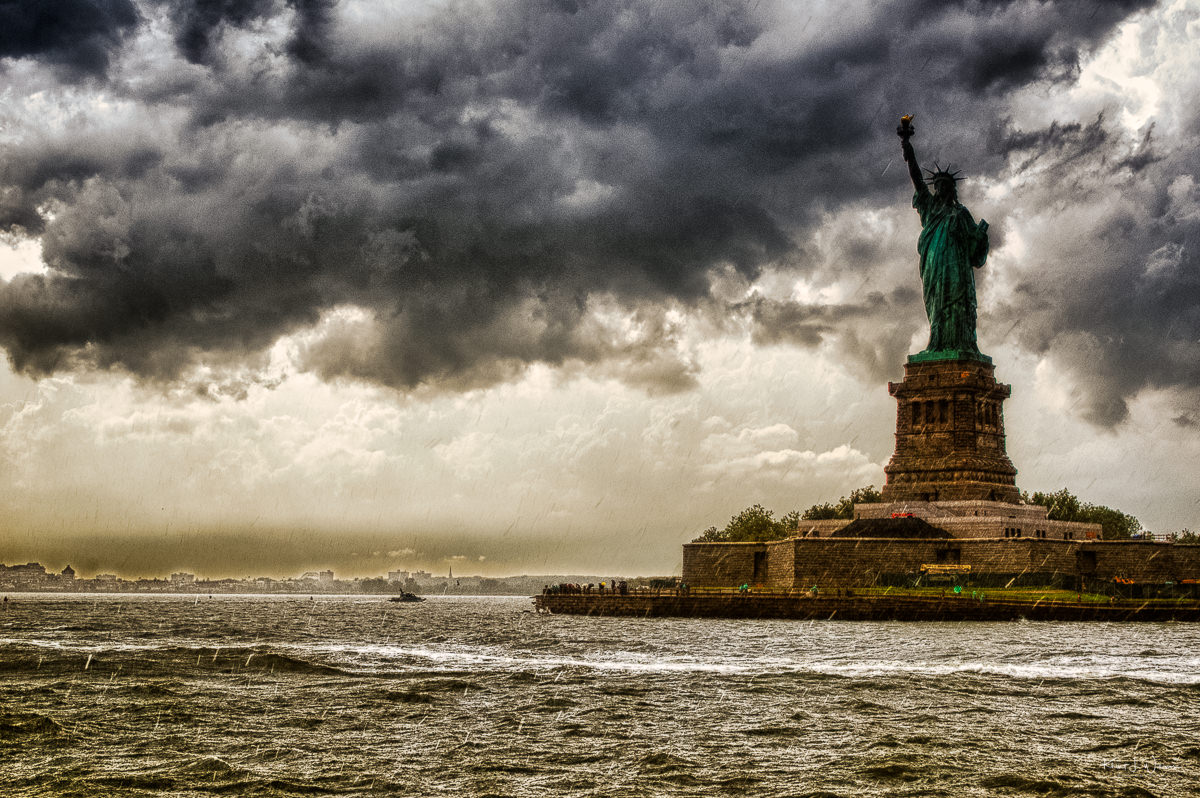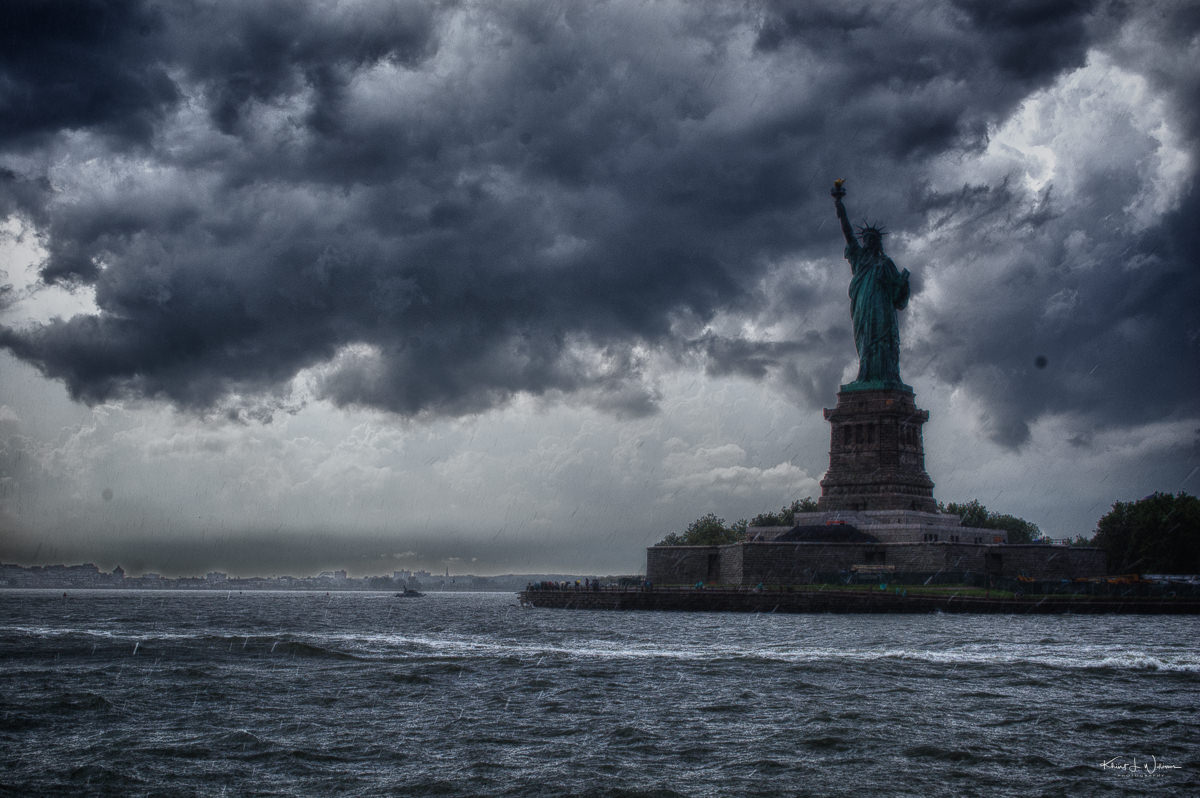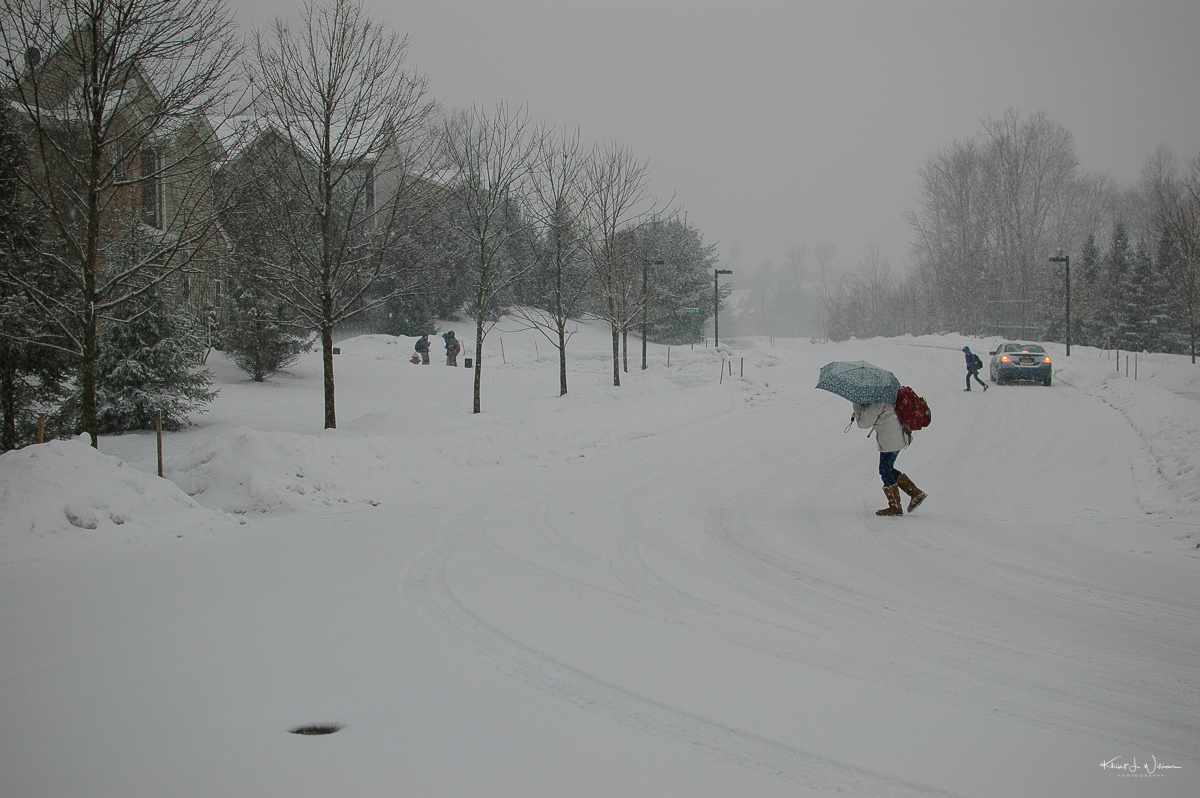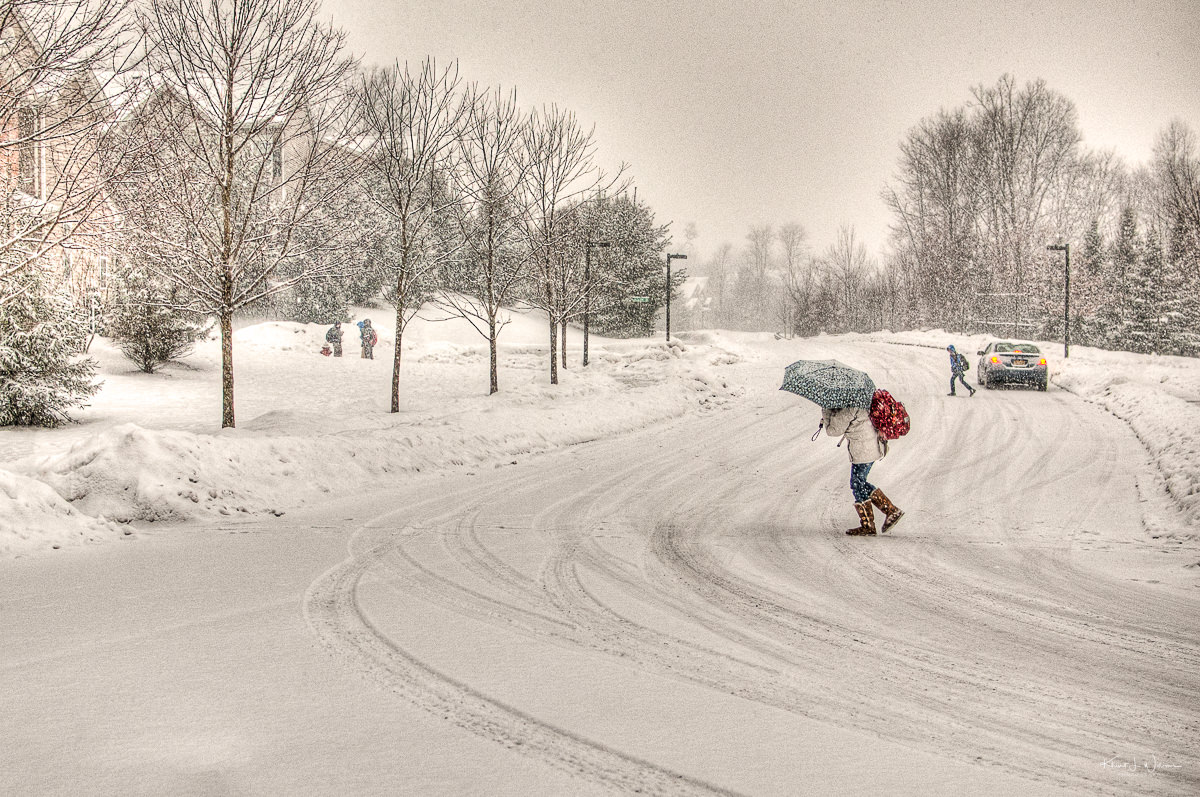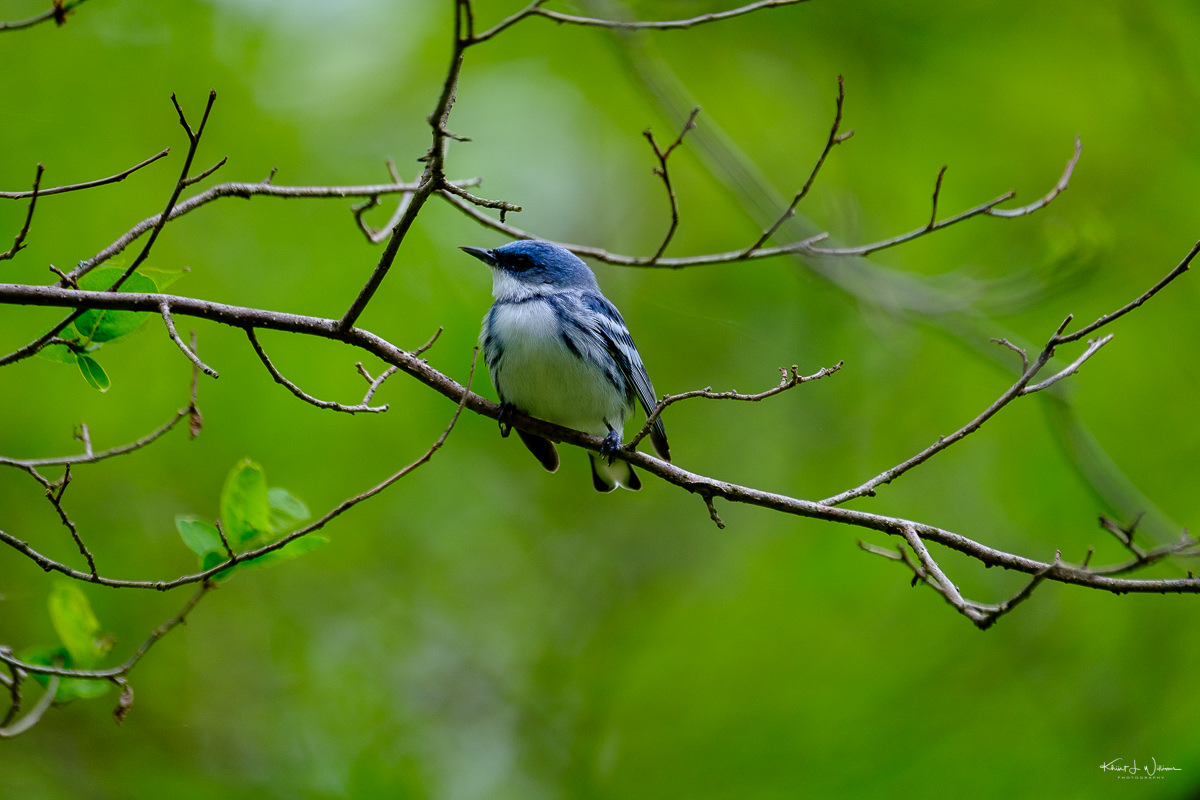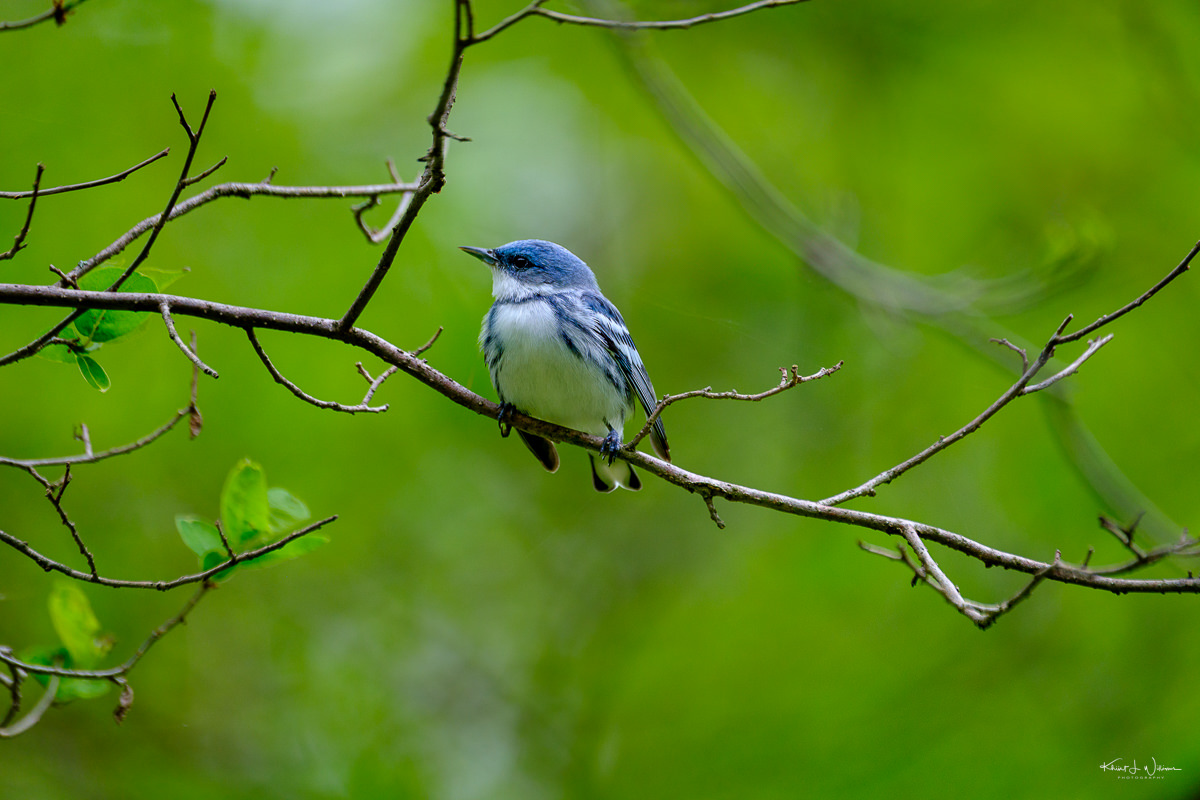My body’s natural sleep cycle, trained under a tropical Eastern Caribbean sun, dislikes the games that North America likes to play with the clocks. I wish New Jersey would opt out and settle on Daylight Saving Time year-round. Out of necessity I have an alarm clock set for 6 AM, a reminder to start the day’s thyroid hormone replacement. Without an alarm clock, my circadian rhythm’s "get out of bed" time is 7 AM. The Synthroid demands that I wait at least 30 minutes before I add anything else to my empty stomach. Discipline.
I lay in bed dosing off into a light sleep before waking up just when the dim light peaked out from the sides of the blackout curtains.
Sir Alphonso Mango is the first household member to greet me in the morning. My good morning greeting of a soft stroke over his orange fur is met in turn with a quiet "meow. In the minor darkness, I set out a bowl for his breakfast and turned to my daily breakfast routine.
Set the gooseneck kettle to boil. Weigh and then listen to the buzz of the Baratza grinding the coffee beans for the Chemex. A strip of back bacon in the toaster oven. Pour a whip of egg and heavy cream onto the hot plate. Inject a few units of insulin. Brew the coffee and assemble the breakfast sandwich. Swallow a set of medications. Sit, sip and read. Discipline. Repeat daily.
Every spring I have this fear that I will someone miss out on all that the season has to offer before the Summer doldrums arrive. The native wildflowers only appear at specific times of the year and with continued habitat destruction they are becoming harder to find. The migratory bird species that journey through New Jersey migrate on their schedule, not mine. Despite my sometimes crippling grass and pollen allergies, for me Spring is everything. I think it’s more than just FOMO but I don’t have the words to describe it. At the end of the day, it feels real.
I looked out the kitchen window listening intently to the birds chittering in the backyard and I felt the pull of one of those near-perfect Spring days. The sun shone like it was the first time the universe had invented nuclear fission. It wanted to show off. I wanted to show up for the party.
After breakfast, my instinct was to head out with the camera. Bhavna has some medical conditions that have impacted her sleep cycle. She’s more of a mid-morning riser. I normally spend my weekend mornings engrossed in one of my seemingly endless hobbies - hiking, bird photography, photo editing, aquarium cleaning, and active music listening. But the day looked like it would be so perfect I waited until Bhavna awoke.
It was almost 11 AM, too late for an expectation of bird photography but I packed the XF16-66mmF2.8 R LM WR, XF27mmF2.8 R WR and attached the XF150-600mmF5.6-8 R LM OIS WR to the X-T3.
Approaching Mercer Meadows at "Pole Farm", I panicked when I saw that the small parking area looked full. We pulled in and got one of the last three parking spots before two other vehicles pulled in next to us.
Bhavna watched with slight bemusement as I struggled with adjusting the straps of the 2.97 kgs of the Peak Design sling camera bag and the lens on my shoulder. The air was chilly. I felt a feeling of dread when I didn’t hear the expected sounds of chittering birds. But as the sun warmed my face, I let the bad feeling wash away. I had Bhavna. That’s enough.
The 1600 acres of Mercer Meadows, a combination of Curlis Lake Woods, the Mercer County Equestrian Center, Rosedale Park and the “Pole Farm, is crossed by the 22-mile Lawrence-Hopewell Trail, a bicycle/walking loop that connects Lawrence and Hopewell Townships. We started walking west along the trail towards the observation platform.
In the early 20th century The "Pole Farm" was once a key site for AT&T's international telephone call network. In recent times, "Pole Farm" at Mercer Meadows has been converted into a natural reserve with scenic trails and wildlife habitats. There are many places in New Jersey whose descriptions I could write from a template using just a few words like historic, converted and preserve. This is one such example. "Pole Farm", is known to be a prime birding location, attracting birding and bird photography enthusiasts with its diverse population. In the spring and summer, one can see lush meadows, woodlands, and wetlands, home to a diverse flora and fauna. This was perhaps my fourth visit and Bhavna’s first.
The trees and brush were still bare with the orange-brown coloured meadow a perfect match for the camouflage of our favourite domestic short hair. The observation deck offered an elevation challenge for our leisurely late mid-day walk. It was peaceful and quiet. A feeling of nostalgia washed over me; flashbacks to standing against the gusty breeze while helping my grandmother move the sheep around on the hilly open field behind her home in Bequia.
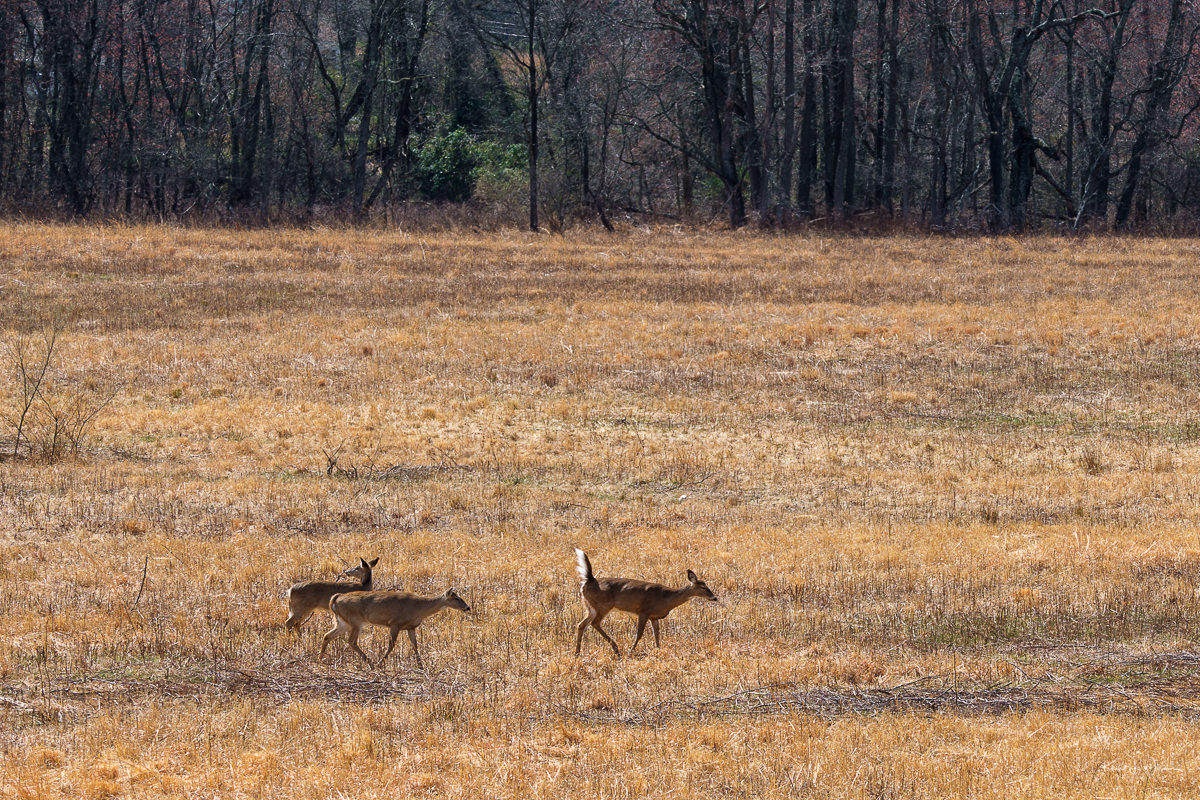
Just as that feeling was making its way through my being, a family of white-tailed deer made their way across the following line-astern. With the loss of cougar and coyote habitat in New Jersey, there are no natural predators of white-tailed deer in high enough numbers to affect the population. As the human population has increased and divided land, we have created a more suitable habitat for the white-tailed deer to not only survive but thrive. Their numbers keep increasing with some estimates of 125,000 white-tailed deer in New Jersey, compared to one hundred years ago when there were practically no deer at all. Open fields like this present no danger to deer but this family seemed to be in a rush to make it to the next tree line. This was my first photograph of the walk.
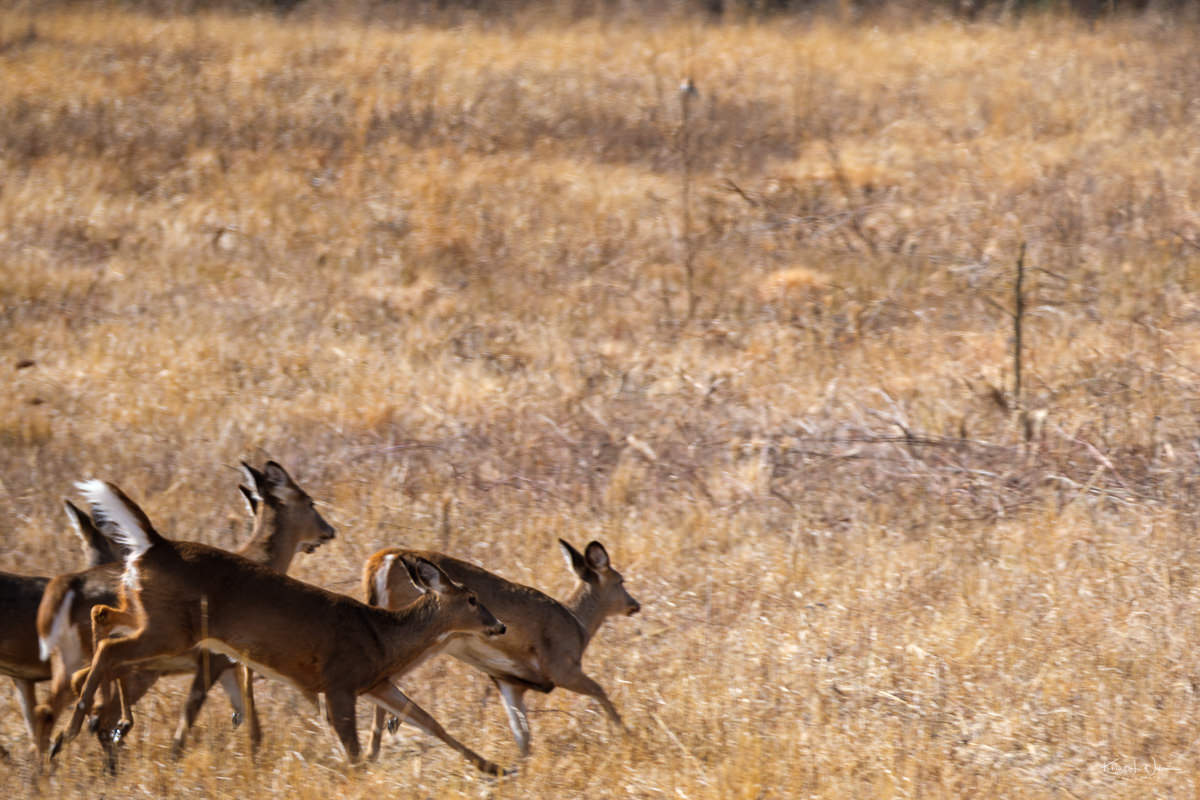
We took the northern fork in the trail, walking and chatting about life, the universe and everything. The bark of still bare trees lining the trail made spooky noises, the wind rubbing them against each other. My Apple Watch interrupted, letting us know that we had been walking for 30 minutes.
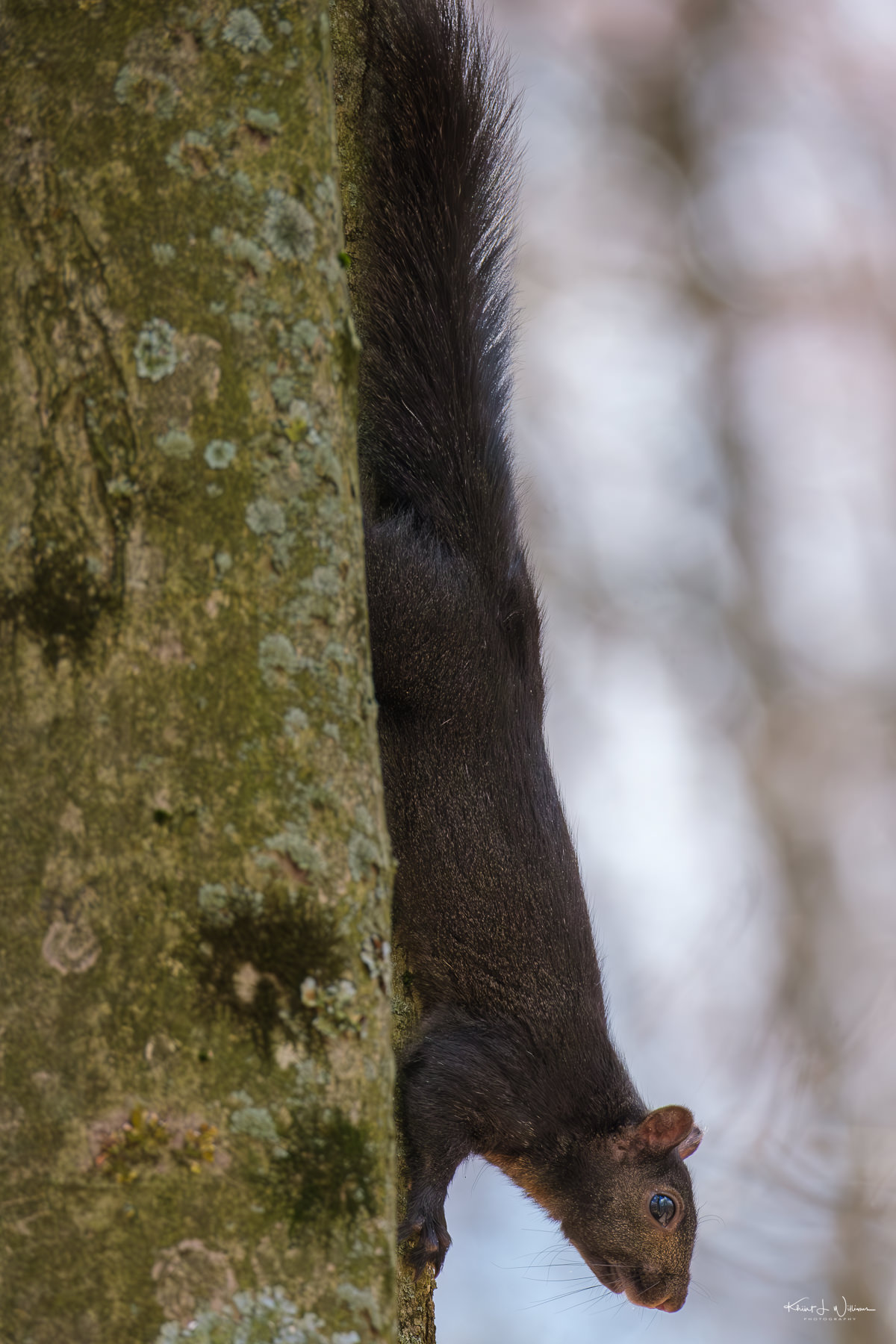
A commotion in the trees alerted us to almost a dozen Eastern grey squirrels having what appeared to be a serious disagreement over territory. These bushy-tailed squirrels scampered between the ground and the covers of the tree branches, barking loudly. Some of the Eastern grey squirrels were the black variant. The black variants are becoming more common in New Jersey. I have yet to see the rare white variant.
At the next fork, we turned east on the trail looping back to "Pole Farm". I noted to Bhavna that the meadow looked dry compared to this section of the trail which had a lot of pooling of water. I wondered out loud to Bhavna if any of the larger "puddles" might be vernal pools, with my conversation digressing into a short rant about how the runoff of rainwater from housing developments was impacting when and where these vernal pools are formed.
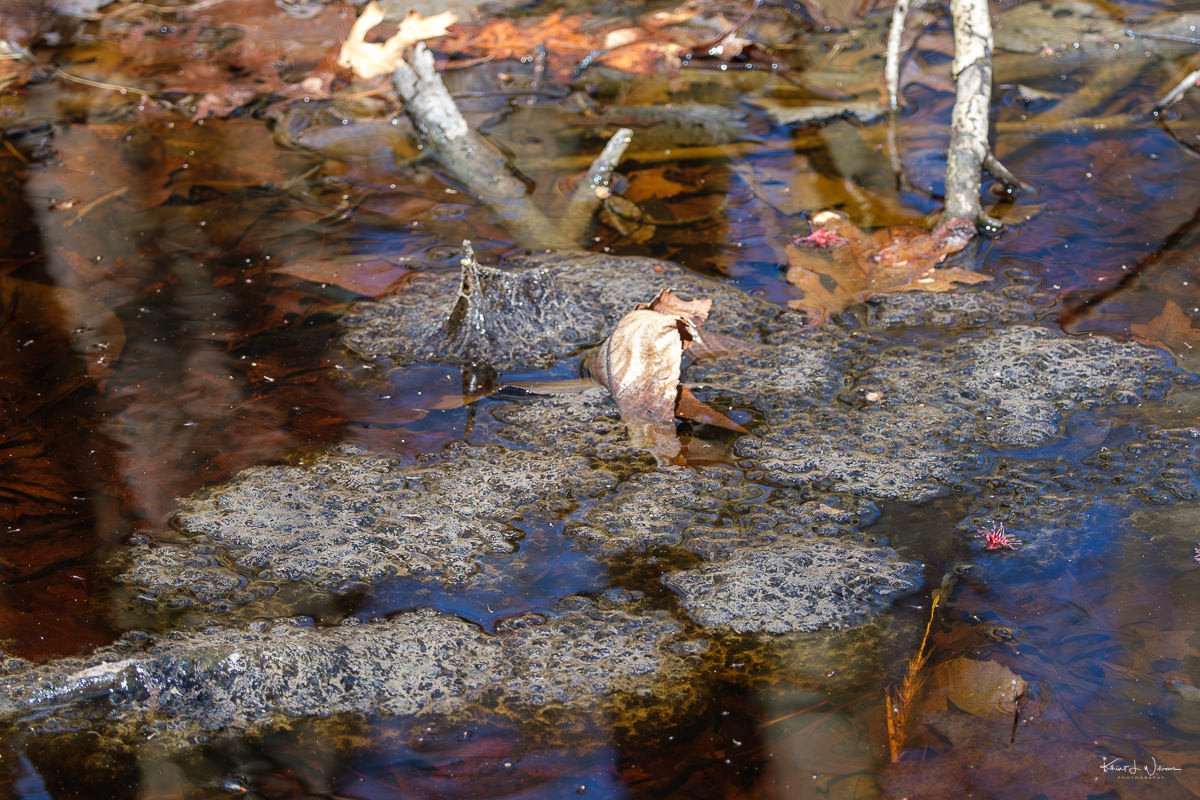
The amphibious parents lay their eggs in the vernal pools returning to the same vernal pools where they were hatched and grown. It’s all very magical. I used my iPhone to capture the geolocation of a large mass of eggs in one area. I wanted to return to photograph the tadpoles, some already present, and the little peepers that would soon be hopping around.
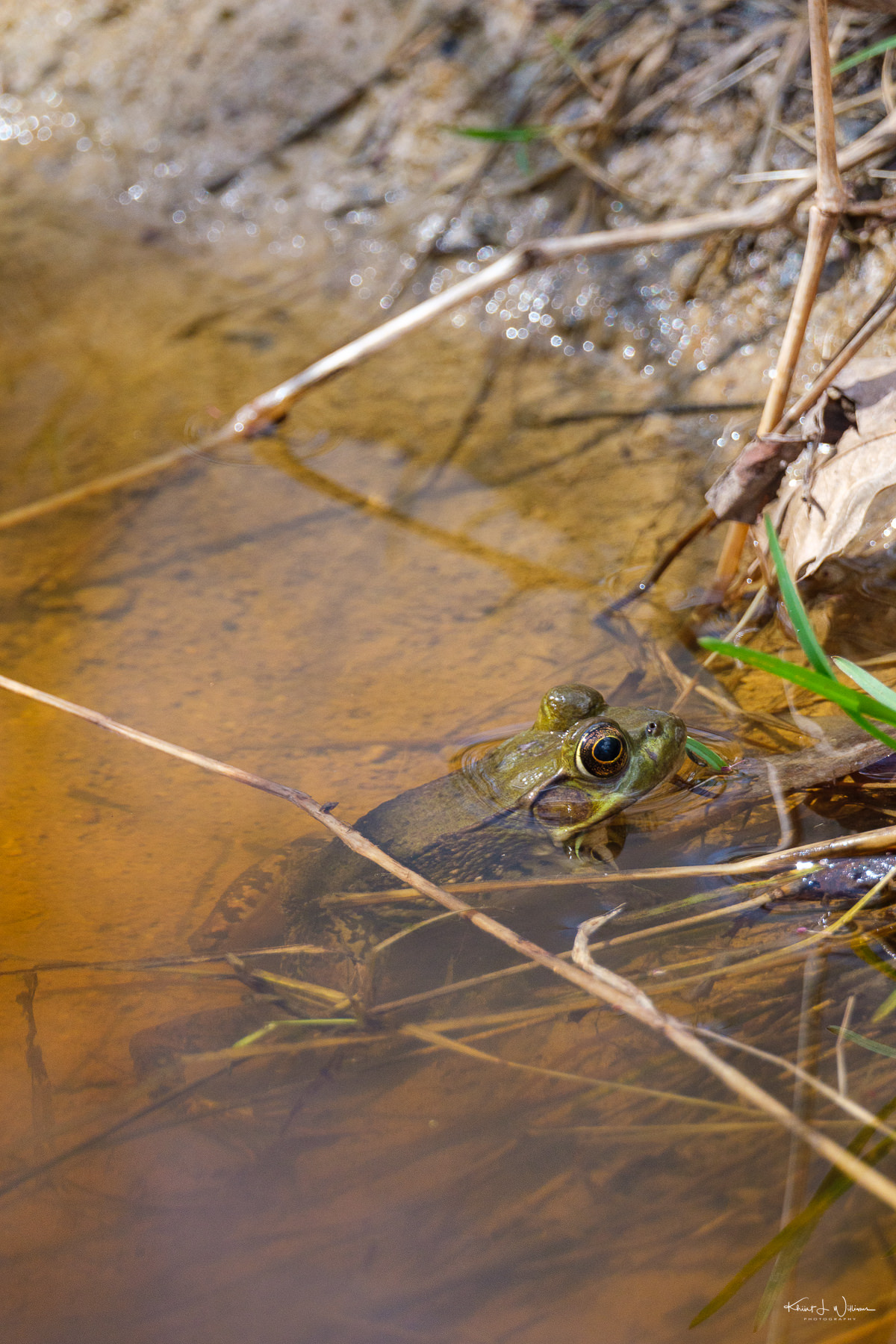
A few metres further down, I accidentally scared a mating pair of Atlantic Coast Leopard frogs. One jumped into the pool while the other waited patiently for the other’s return. I waited patiently as well and respectfully captured this photograph from a distance. I love the range of the XF150-600mmF5.6-8 R LM OIS WR.
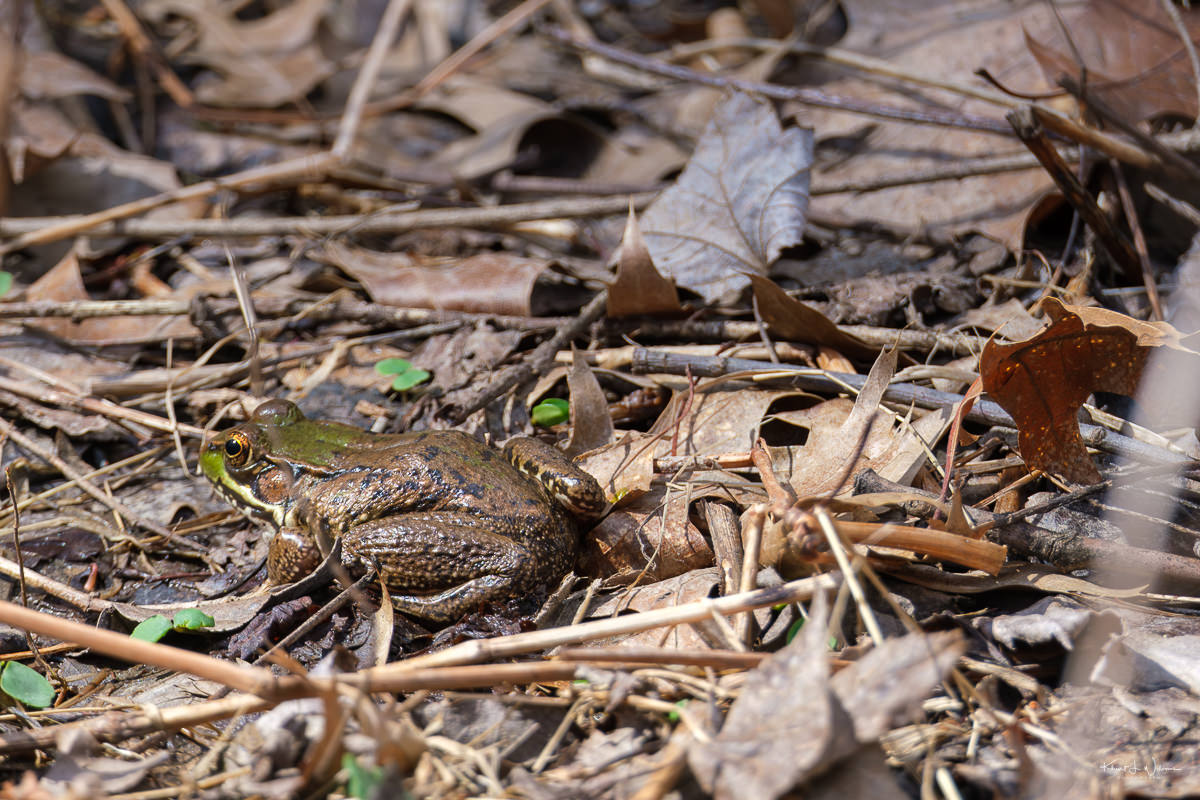
As we neared the final fork and the trail back to Pole Farm, we passed well-written marker signs that documented the historical background of the relics of early international telephone communications networks built by AT&T.
The return trail path through the middle of the meadow to Pole Farm was uneventful. Bhavna noted that the brush seemed burned before remembering to see the sign near the parking area that mentioned that some of the meadows had just had some "prescribed fire" to reduce invasive plant pressure, cycle nutrients into the soil, and benefit overall habitat quality and diversity.
NOTE: I am visiting Mercer Meadows more often since I discovered Dan Day's The Jersey Birder website. With just a few visits Mercer Meadows has provided more opportunities for bird photography than the Charles H. Rogers Wildlife Refuge, my previous hot-spot. Check out his Springing into Spring post.
